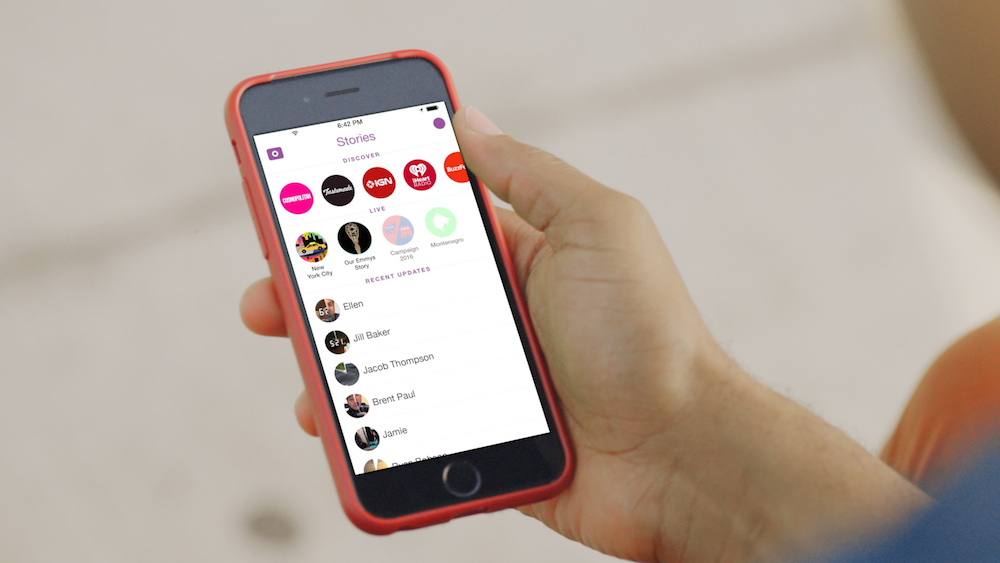Last Update: March 7, 2016
Apple vs. Google. AT&T vs. Verizon. The competition for mobile dominance is not only hot, it is heating up with every phone release. Why has this sector become such a consumer staple? Two words: mobile applications.
In December 2010, an IDC study indicated that the mobile application market would see 10.9 billion downloads in 2010, and 76.9 billion by 2014. By 2014, the market is expected to generate $35 billion in revenue worldwide.The rapid advancement of mobile technology, applications and mobile tools offer endless possibilities for consumers or entrepreneurs, alike. Early adopters and innovative consumers didn’t dish out $500-$600 for the first iPhone because it could dial a phone number, they did so because of the amazing things that could be done with it. The million dollar question, Why doesn’t your company have a mobile application?
The two most common objections to this question is that, a) you claim to know nothing about developing a mobile application or b) you don’t have the capital to make it happen. Here is an easy five-step guide to get you past these hurdles and on your way to launching a new mobile application in the Apple App Store or the Android Market, without spending your last dollar.
Step 1: Create a mobile app idea.
What does your business do? How can customers better interact with your product and/or service? When you can clearly define one specific area in which you are under-serving your customers, consider how mobile technology can help you solve a dilemma.
Step 2: Find a mobile app developer.
Now that you have an idea, find someone that can help you build it. If you have the technical expertise yourself, great. For the rest of us unfamiliar with the process, it is time find a developer who understands exactly what you want and how to best implement and execute your idea.
Turn to websites like GetAppsDone, Elance or VWorker to post your project idea and to receive bids on your project. However, for the purposes of intellectual property, don’t list all the details of your mobile application idea. List a general and brief description and functions that are critical to your mobile apps’ success.
Consider suggesting that your developer utilize online tools like PhoneGap, which provide pre-made modules that decrease developmental time. This exemplifies the first of two strategies that can help you save a tremendous amount of time and money. By taking advantage of available tools like PhoneGap, you will save your developer time because they will have less coding and programming to do, which will require less time and effort on their part resulting in cost savings for you.
To further offset development expenses and sweeten the deal,consider a revenue-sharing model. If the application makes money, the developer will earn revenue on their work without having a ceiling cap on the amount of money that they can earn.
Step 3: Test and fix your mobile app.
Once your developer begins building your mobile application and produces a product, test every aspect of it. Users of mobile applications aren’t always forgiving of errors and flawed functions. When you have a working product, get your family and friends involved with testing. Invite alpha and subsequent beta users to find and expose all of the kinks. Finding flaws with your mobile is application is critical before you launch.
Step 4: Build buzz for your mobile app.
Now that you have a great working product, don’t launch it just yet.Build excitement and buzz about your application so that people know what it is, how to find it, and why they need it. Create demand and take full advantage of “new application” status. Contact tech writers and reporters at popular websites and blogs, like Business Insider and TechCrunch, to check out the concept of your application.
Consider offering exclusivity to a reporter so that their story has additional value, which will increase the likelihood that they cover your application. After that story has broke, launch an all-out press blitz. Furthermore, utilize all your current channels of communication such as email lists, social media platforms and storefront or website displays to inform people of your new application.
Step 5: Submit your app to the app store and android market.
By this point your application is developed and is working well, people know what it is and hopefully some people want it. Now, you only have one more thing to do. Upload your mobile application to the necessary app platform, such as the App Store or Android Market. Once your application is properly placed on the marketplace for users to download, continue your press and marketing blitz. Continue getting the word out of your application.
© YFS Magazine. All Rights Reserved. Copying prohibited. All material is protected by U.S. and international copyright laws. Unauthorized reproduction or distribution of this material is prohibited. Sharing of this material under Attribution-NonCommercial-NoDerivatives 4.0 International terms, listed here, is permitted.













